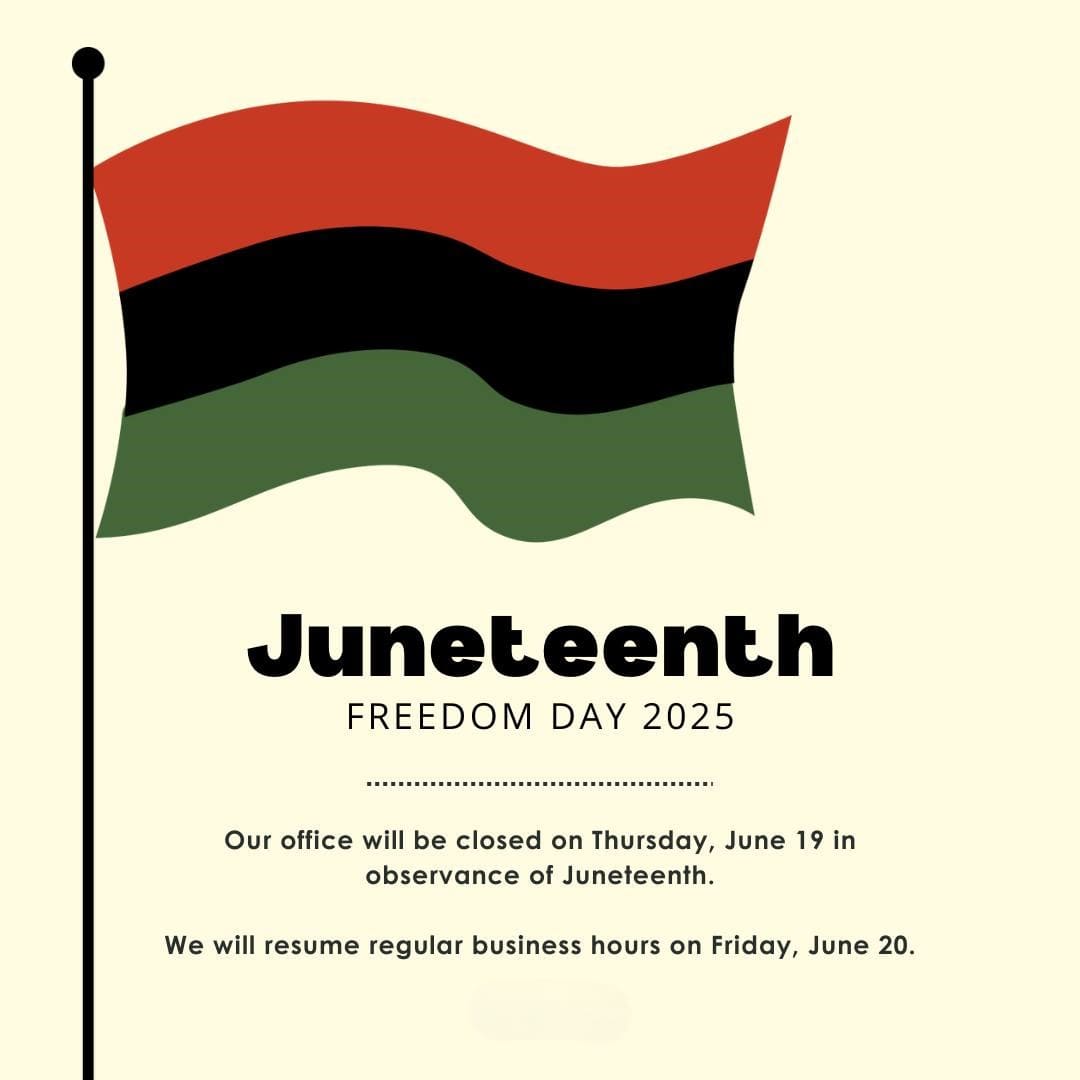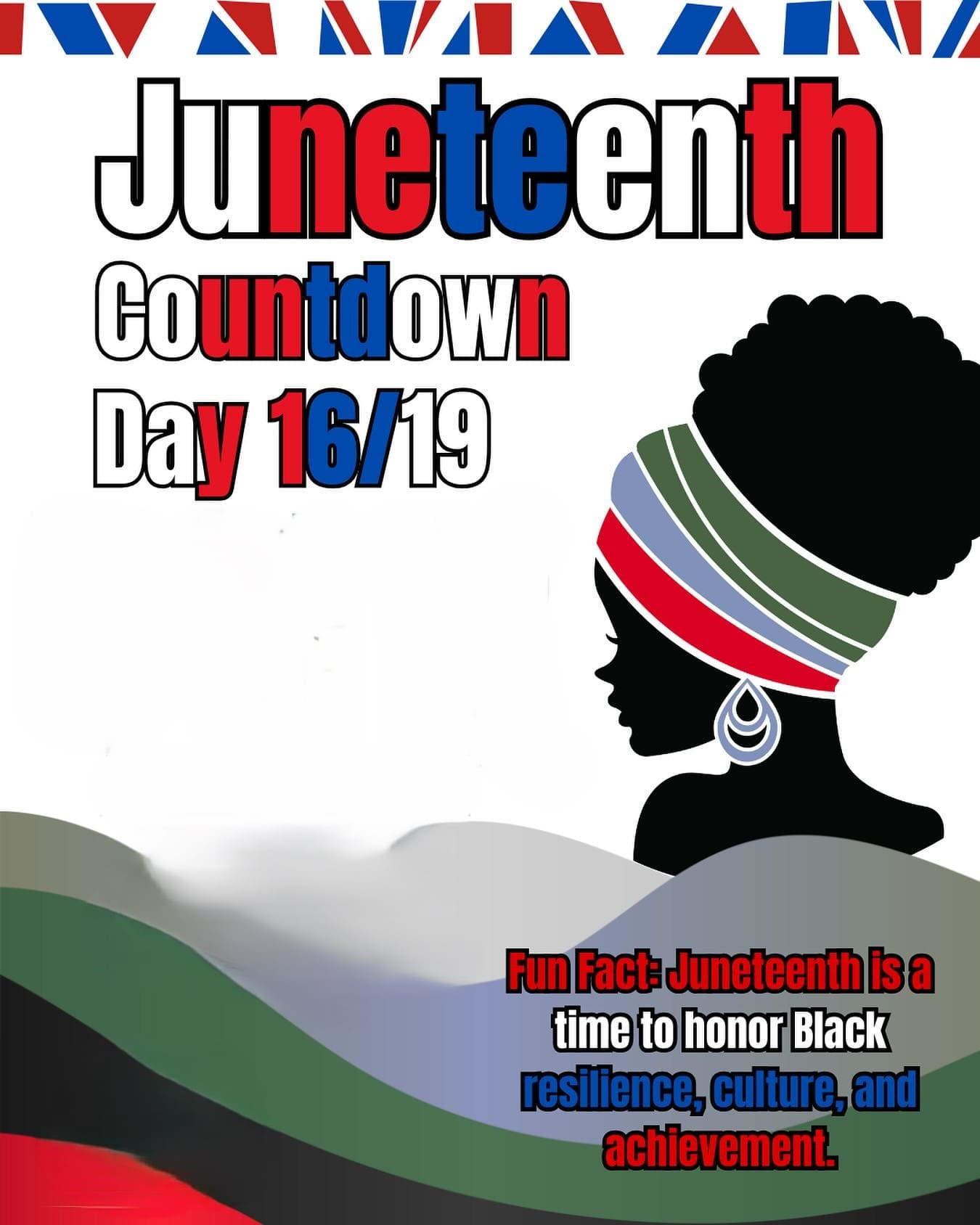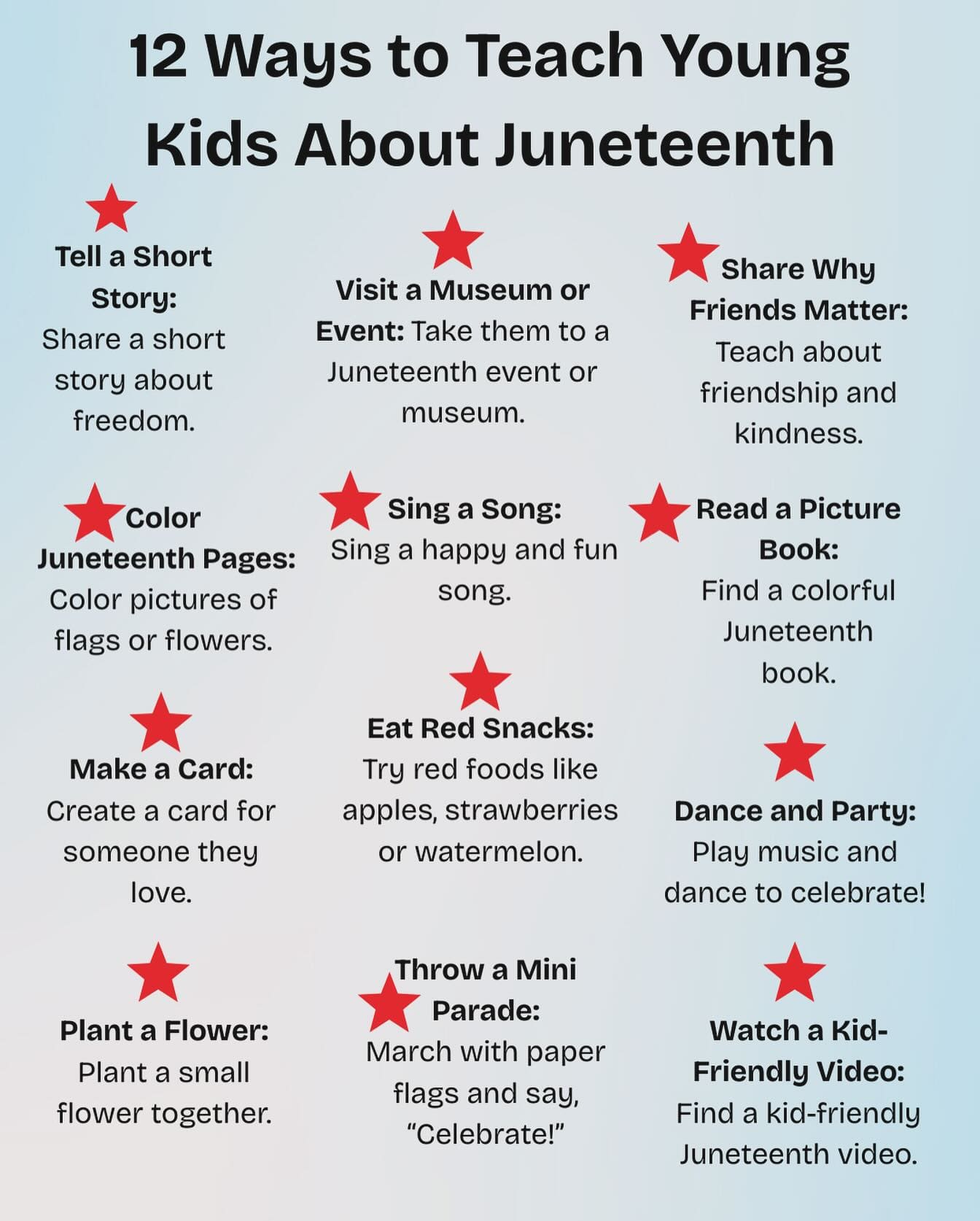Juneteenth is more than a date—it’s a legacy. Celebrated on June 19th, it commemorates the day in 1865 when enslaved African Americans in Galveston, Texas, were finally informed of their freedom—two and a half years after the Emancipation Proclamation. While the holiday officially became a federal holiday in 2021, its emotional power stretches across generations. From tales of resilience and family reunification to modern expressions through art, protest, and celebration, Juneteenth represents a patchwork of powerful stories that continue to shape America’s social and cultural landscape.
Below are 19 emotional Juneteenth stories that will open your eyes, stir your soul, and deepen your understanding of this vital chapter in American history.
1. The Galveston Wait: Two and a Half Years of Silence

When Union General Gordon Granger finally arrived in Galveston, Texas, on June 19, 1865, he read General Order No. 3, declaring all enslaved people free. But by then, the Emancipation Proclamation had been signed over two years earlier. Plantation owners in Texas kept the news from enslaved people, exploiting their labor during that entire period.
This delay wasn’t just administrative—it was deliberate. Thousands remained enslaved while others in the country were already free. For many descendants, this delay is a symbol of the systemic suppression of freedom. Every Juneteenth celebration begins with remembering this injustice and honoring those who endured it.
2. Opal Lee: The Grandmother of Juneteenth
At 89 years old, Opal Lee walked 1,400 miles from her home in Texas to Washington D.C., advocating to make Juneteenth a federal holiday. Her lifelong mission to preserve and elevate Juneteenth wasn’t just activism—it was deeply personal.
Born in 1926, Opal experienced racial terror firsthand when a white mob burned down her family’s home. Her perseverance became the spark behind President Joe Biden signing Juneteenth into law in 2021. Opal’s story exemplifies the power of one determined voice to move an entire nation.
3. The First Juneteenth Celebration in 1866
The first official Juneteenth celebration took place in Texas in 1866. Formerly enslaved individuals organized parades, cookouts, prayer meetings, and music performances. It was more than a party—it was a declaration of dignity.
These celebrations became annual traditions, even when Jim Crow laws tried to erase them. The emotional weight of that first celebration continues to echo in today’s festivities, serving as a testament to the resilience and cultural pride of newly freed communities.
4. Hidden History in the Juneteenth Flag
The Juneteenth flag, designed by Ben Haith in 1997, holds hidden symbolism. The bursting star represents new freedom in Texas, and the arc signifies a new horizon for Black Americans. The colors—red, white, and blue—mirror the U.S. flag, underscoring that formerly enslaved people were and are Americans.
Each flag tells a story of freedom deferred, fought for, and finally honored. Understanding the elements of this flag adds a deeper emotional connection to the celebration.
5. Family Reunions: Healing Generations of Separation
After emancipation, many formerly enslaved people began searching for lost family members. Ads in Black newspapers like The Christian Recorder were filled with pleas: “Looking for my mother,” “Seeking my brother sold in 1845.” Some reunions took years. Others never happened.
Today, Juneteenth often includes family reunions. It’s not just a party—it’s a symbol of mending broken family trees, reclaiming lost roots, and restoring generational wholeness.
6. Tulsa’s Juneteenth Amid Tragedy
In 1921, the Tulsa Race Massacre destroyed the thriving Black community of Greenwood, killing hundreds and leaving thousands homeless. Yet in the decades that followed, Juneteenth continued to be celebrated there.
Honoring freedom in the shadow of such a horrific event adds a layer of solemn remembrance. Today’s Juneteenth events in Tulsa carry both joy and grief—celebrating liberation while acknowledging the pain that persists.
7. Art as Resistance: Juneteenth Murals Across America

Artists from New York to Los Angeles have transformed city walls into Juneteenth memorials. One powerful mural in Houston depicts broken chains and vibrant Black figures dancing in freedom. In Atlanta, children contributed to a massive community art piece showing freedom fighters past and present.
These murals are emotional time capsules—creative expressions of pride, resilience, and cultural inheritance that speak louder than words ever could.
8. The Role of Black Churches in Preserving Juneteenth
For decades, Black churches were the sole protectors of Juneteenth celebrations. When public spaces were denied due to segregation, churches offered sanctuaries for celebration, remembrance, and education.
Sermons would blend scripture with the Emancipation story, and congregations sang spirituals that carried coded messages of freedom. Today, Juneteenth church services remain vital for passing stories to new generations.
9. Emancipation Park: Bought by Formerly Enslaved People
In 1872, a group of formerly enslaved Texans pooled $800 to buy ten acres of land in Houston for Juneteenth celebrations. They named it Emancipation Park.
That land was more than property—it was a permanent claim to freedom and celebration. Today, Emancipation Park remains a gathering site, its very soil soaked in the emotions of struggle and triumph.
10. Emotional Power of Juneteenth Music
Spirituals, blues, gospel, and hip-hop have all played a role in Juneteenth celebrations. Songs like “Lift Every Voice and Sing” or Billie Holiday’s “Strange Fruit” remind attendees of the pain of the past and the hope for the future.
In recent years, artists like Beyoncé, John Legend, and Common have released Juneteenth tributes that connect the past to the present, giving emotional resonance to the cause of freedom.
11. From Cookouts to Culture: The Soul Food Connection
Traditional Juneteenth meals often include red-colored foods (like red velvet cake or hibiscus tea) symbolizing resilience and ancestral ties. The act of cooking and eating together becomes an emotional bridge across time and generations.
For many, these meals are spiritual—each bite a reminder of survival, unity, and joy born from suffering.
12. High School Students Who Changed a City

In Minneapolis, a group of Black high school students successfully petitioned their school board in 2019 to include Juneteenth in the school calendar. They created curriculum, held events, and inspired local government recognition.
Their story is one of youthful courage and grassroots change, proving that the next generation is committed to keeping Juneteenth alive and visible.
13. Corporate Juneteenth: From Tokenism to Truth
Following the death of George Floyd in 2020, many companies began recognizing Juneteenth. But not all gestures felt sincere—some were accused of being performative. Others, however, made real commitments: paid holidays, educational programs, and partnerships with Black organizations.
The corporate world’s evolving role in Juneteenth raises deep emotional and ethical questions: What does genuine solidarity look like?
14. Digital Juneteenth: TikTok and the Rise of Awareness
On platforms like TikTok, young Black creators have used Juneteenth to share stories, history, and personal experiences. Viral videos educate millions—often more effectively than classrooms.
This new wave of digital storytelling makes Juneteenth accessible to people who never knew it existed, proving that technology can be a powerful emotional amplifier.
15. The Pain of Being Forgotten: Juneteenth in Northern States
Many people in Northern states only recently learned about Juneteenth. For African Americans in these regions, the lack of recognition felt like cultural erasure.
In places like Boston and Chicago, activists have worked to include Juneteenth in public education and civic life. Their emotional journey from invisibility to visibility speaks to the need for national healing.
16. Black Veterans Reclaiming the Promise of Freedom
African Americans have fought in every U.S. war—even while being denied basic rights. For Black veterans, Juneteenth is a day of reflection and reclamation. It’s not just about freedom from slavery—it’s about fighting for full equality.
Some Juneteenth parades now feature veteran salutes and ceremonies, honoring those who served a country that didn’t always serve them.
17. Juneteenth in the Face of Voter Suppression
In recent years, Juneteenth celebrations have increasingly included voter registration drives. The emotional connection is direct—freedom is incomplete without the right to vote.
Activists remind attendees that while slavery is over, systemic inequality is not. The act of voting becomes a living continuation of the struggle that Juneteenth commemorates.
18. The White Ally Who Lost His Job for Juneteenth
In 2020, a white manager at a logistics firm wore a “Black Lives Matter” Juneteenth T-shirt to work. He was asked to remove it and eventually fired when he refused. His story went viral.
Though not Black, his solidarity reflected the emotional depth Juneteenth holds for many beyond the African American community. His actions sparked dialogue on allyship, sacrifice, and the meaning of true support.
19. A Child’s First Juneteenth and the Power of Legacy

At a Juneteenth parade in Atlanta, a 7-year-old girl was asked by a reporter what Juneteenth meant. She replied, “It means we weren’t always free, but now we’re trying to be.” Her innocent yet profound words echoed across social media.
Her story reminds us that Juneteenth isn’t just a past—it’s a present and a future. Each child who learns about this history becomes a torchbearer for freedom, justice, and hope.
Conclusion: Why Juneteenth Stories Still Matter
These stories aren’t just history—they’re living testimonies. They remind us that freedom wasn’t freely given; it was delayed, denied, and finally claimed through unbreakable spirit and community action. Juneteenth is not just a holiday—it’s a heartbeat, a mirror, and a blueprint for justice.
As America continues to reckon with its past and build toward a more inclusive future, remembering these emotional Juneteenth stories is more than educational—it’s essential.